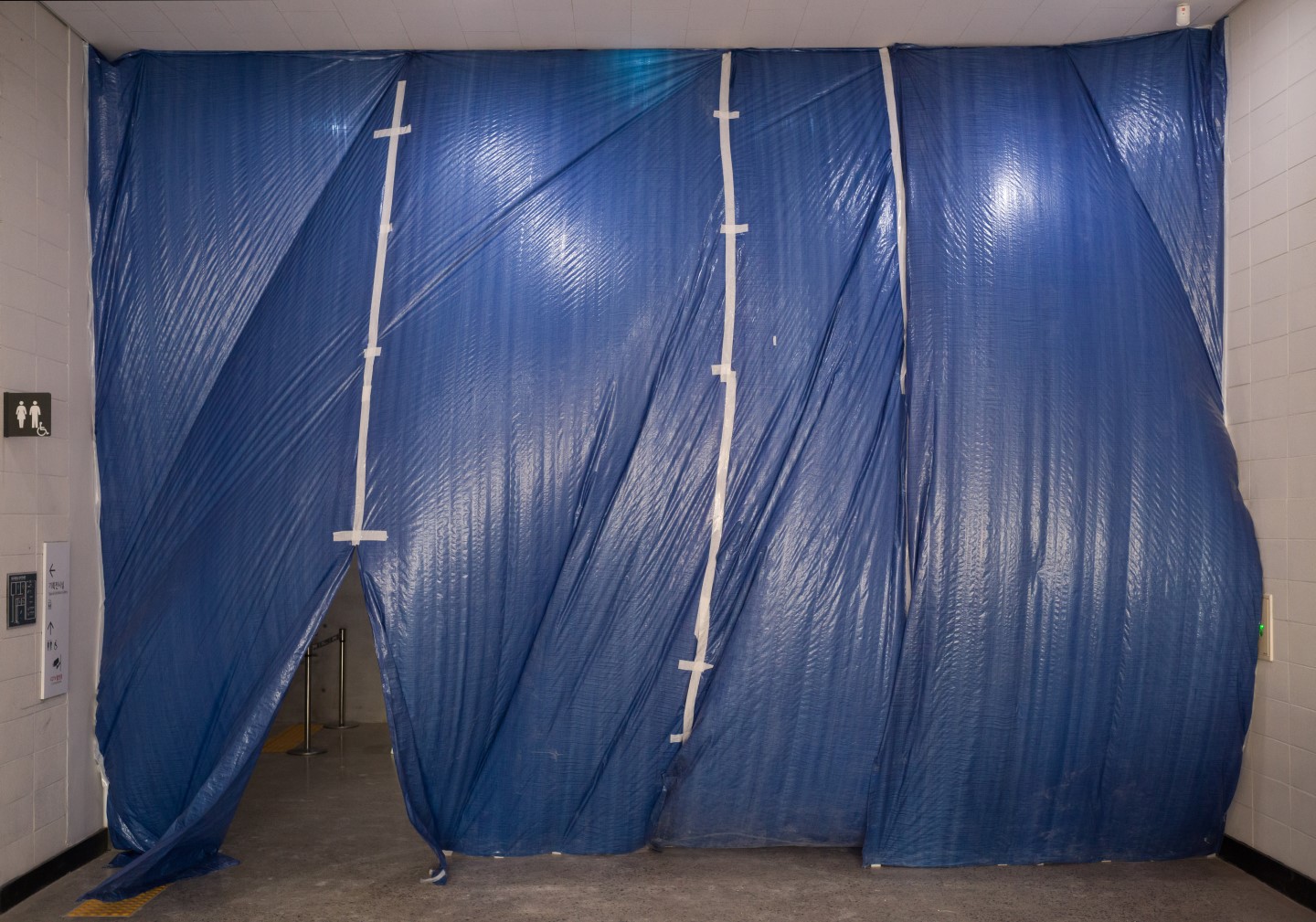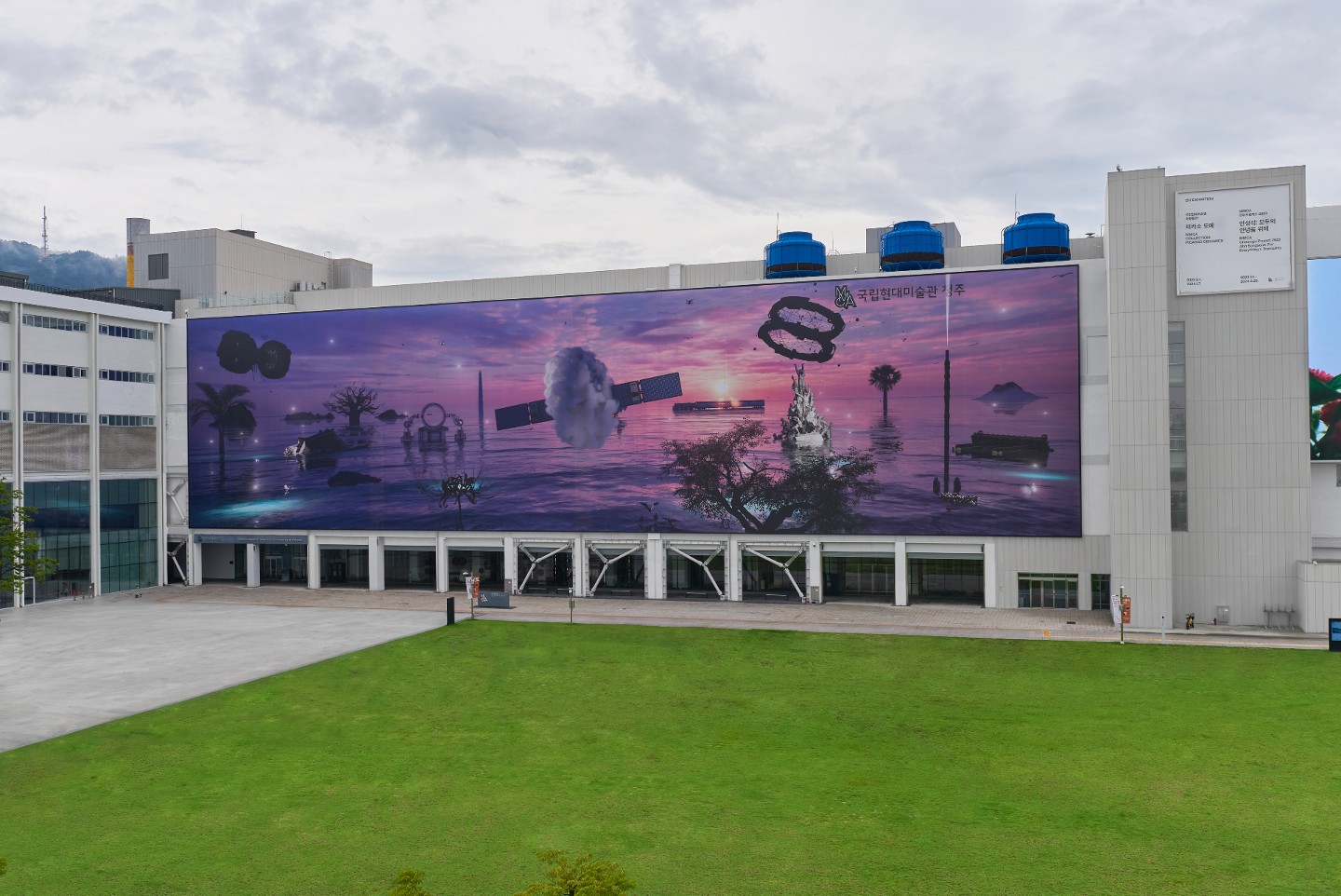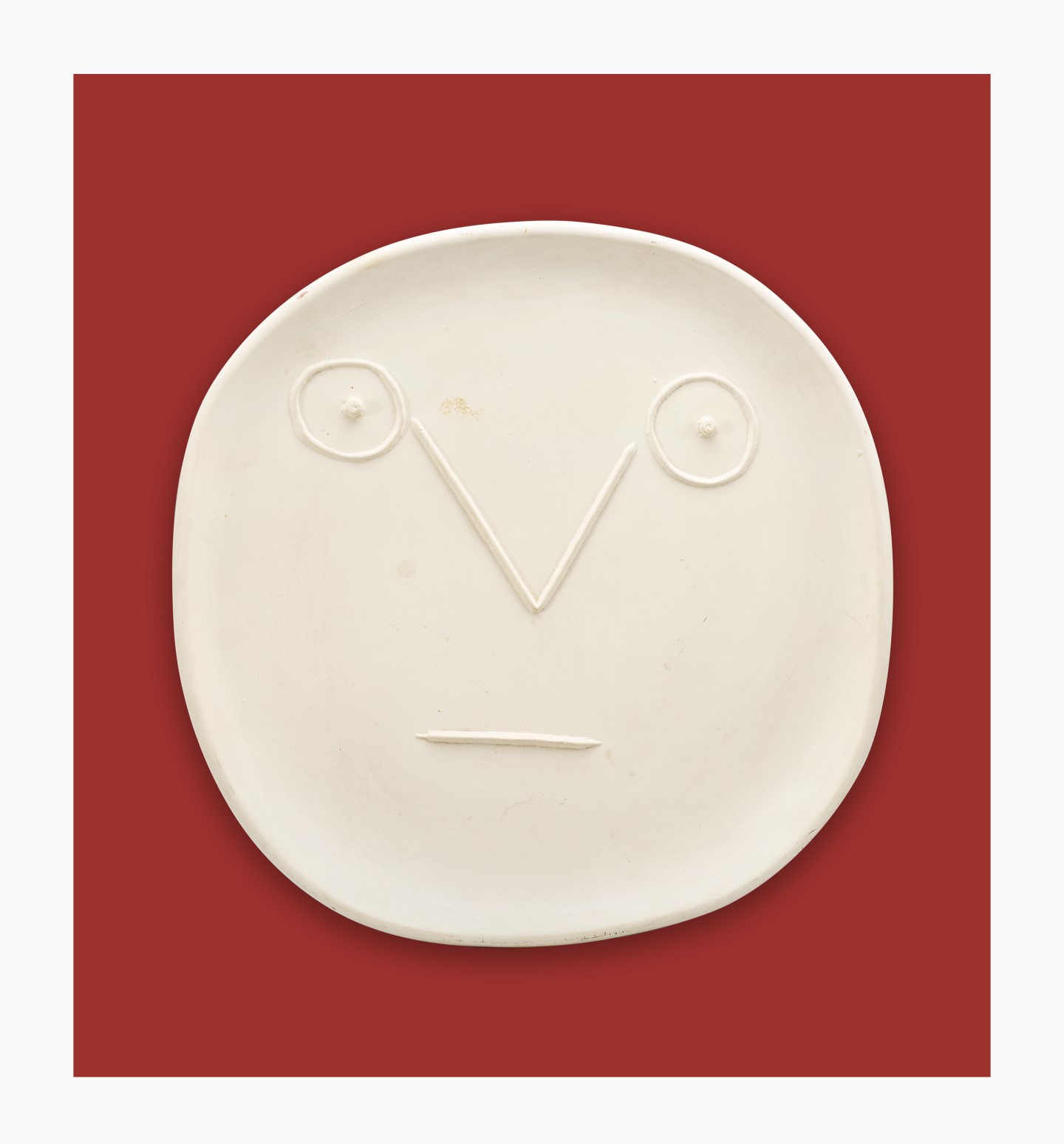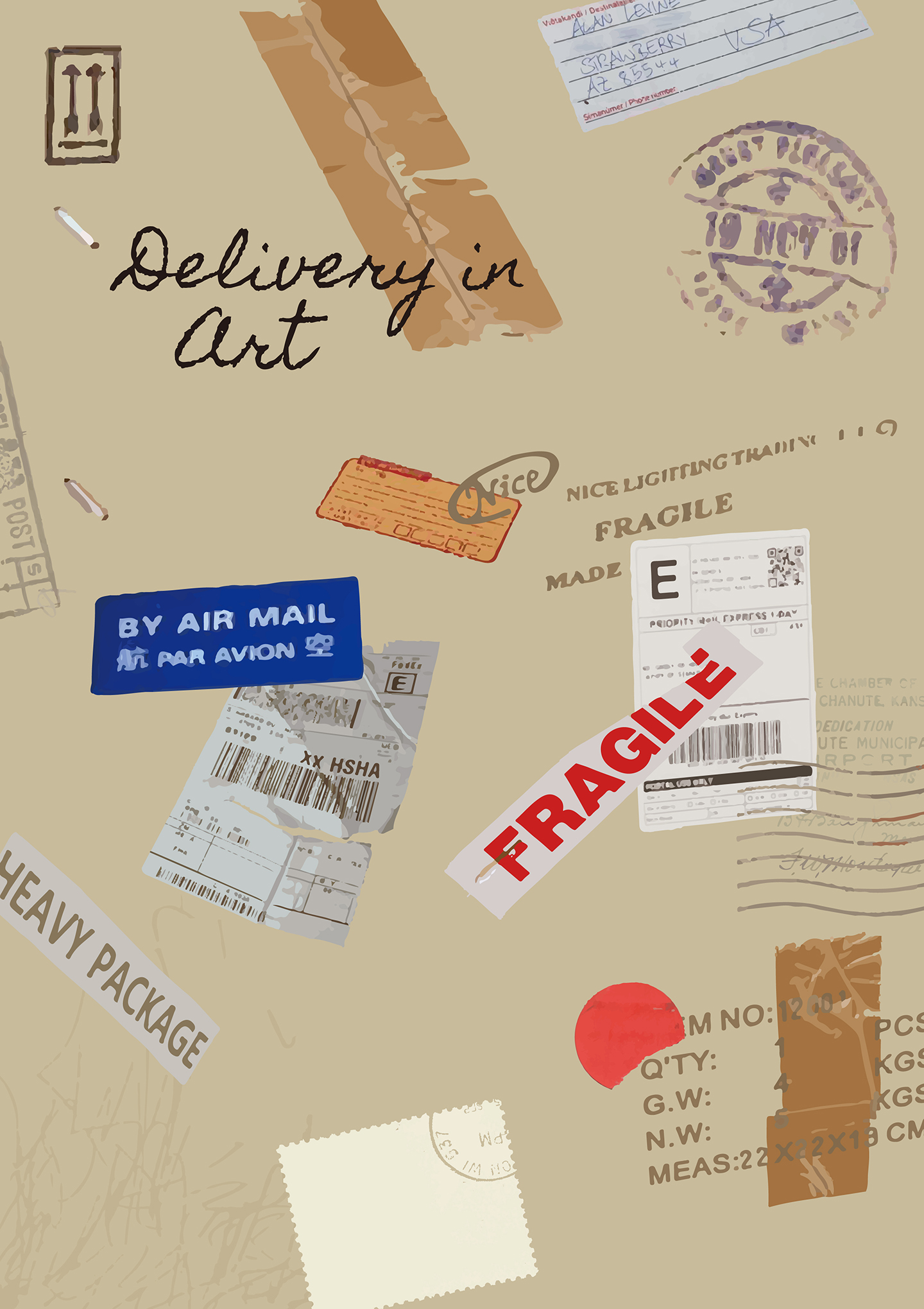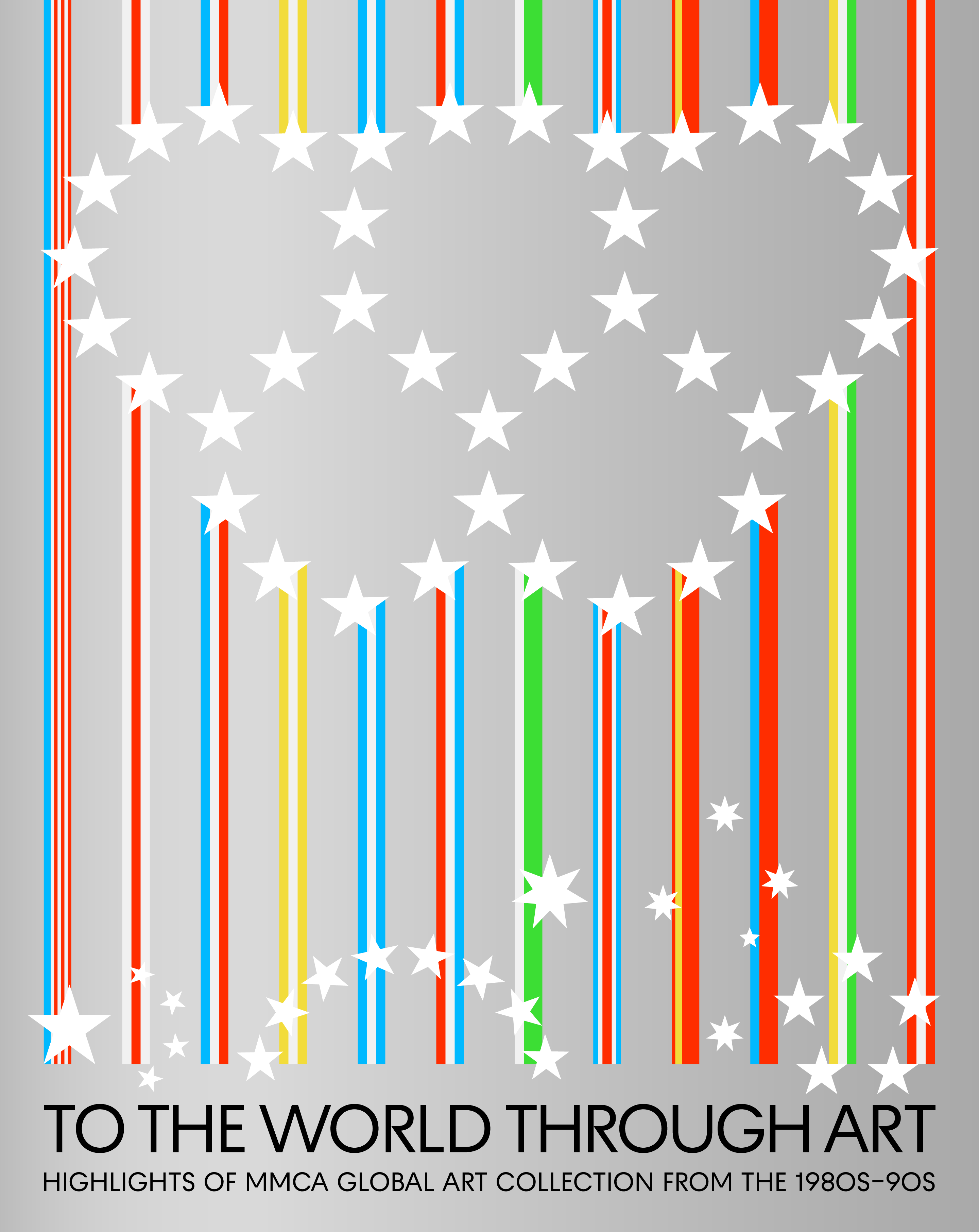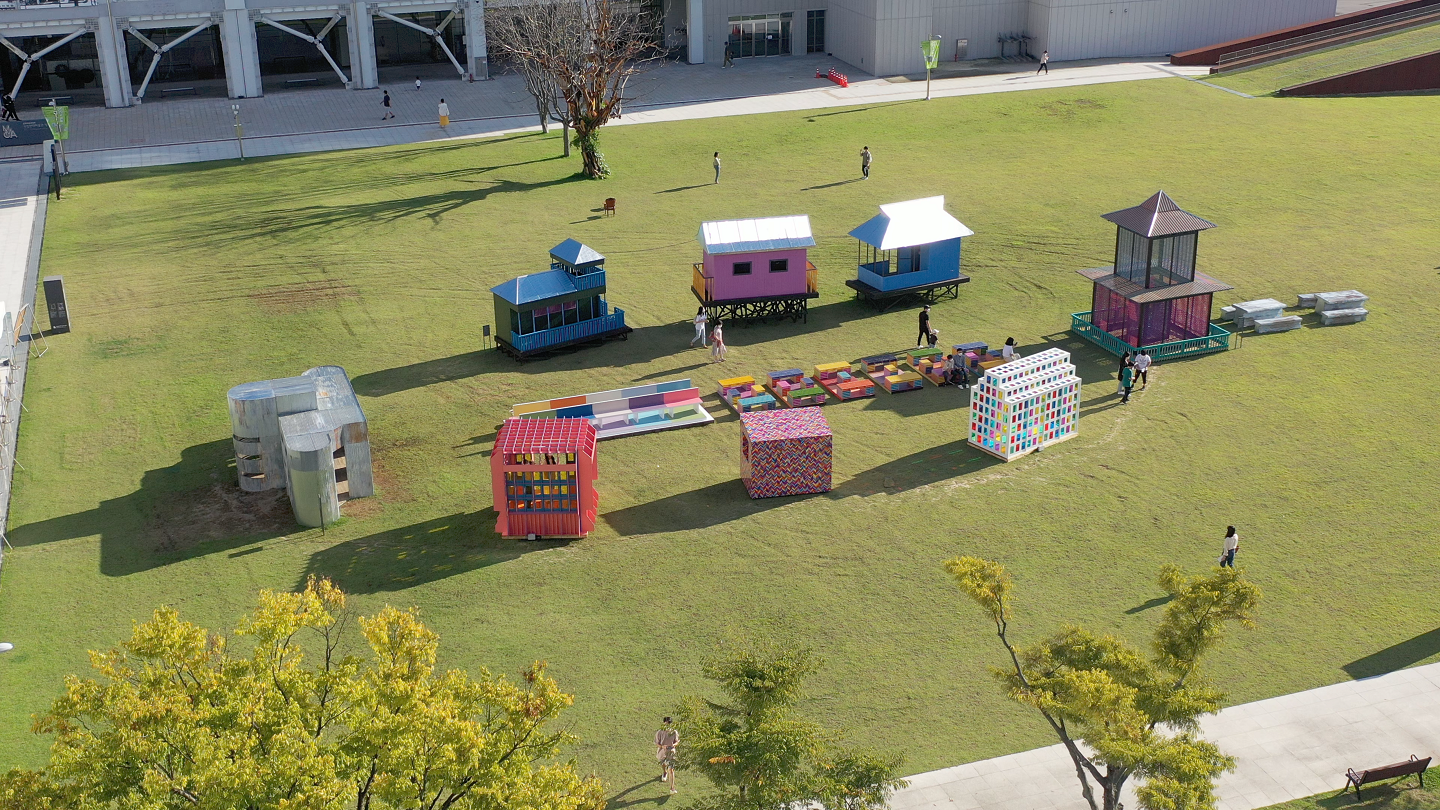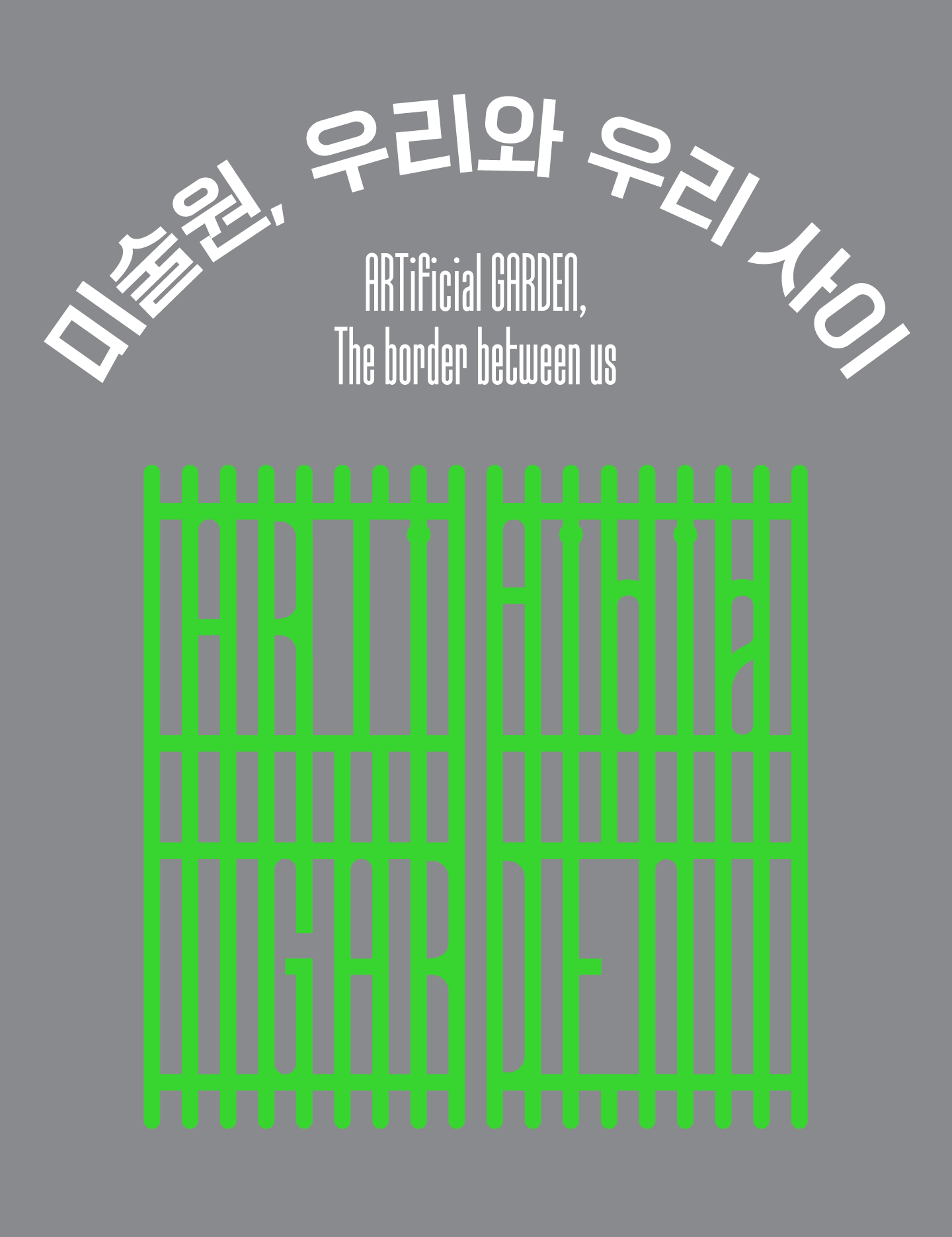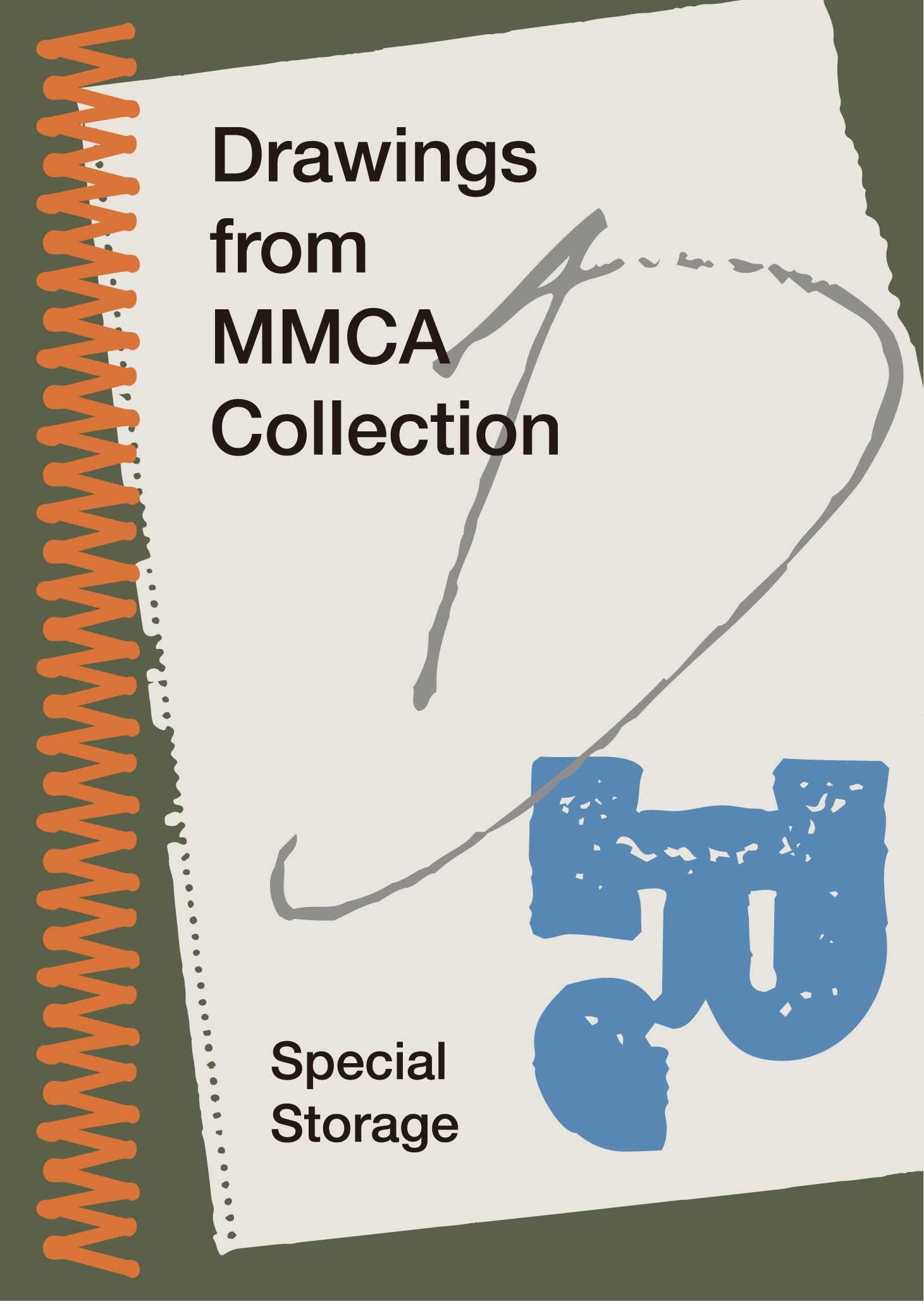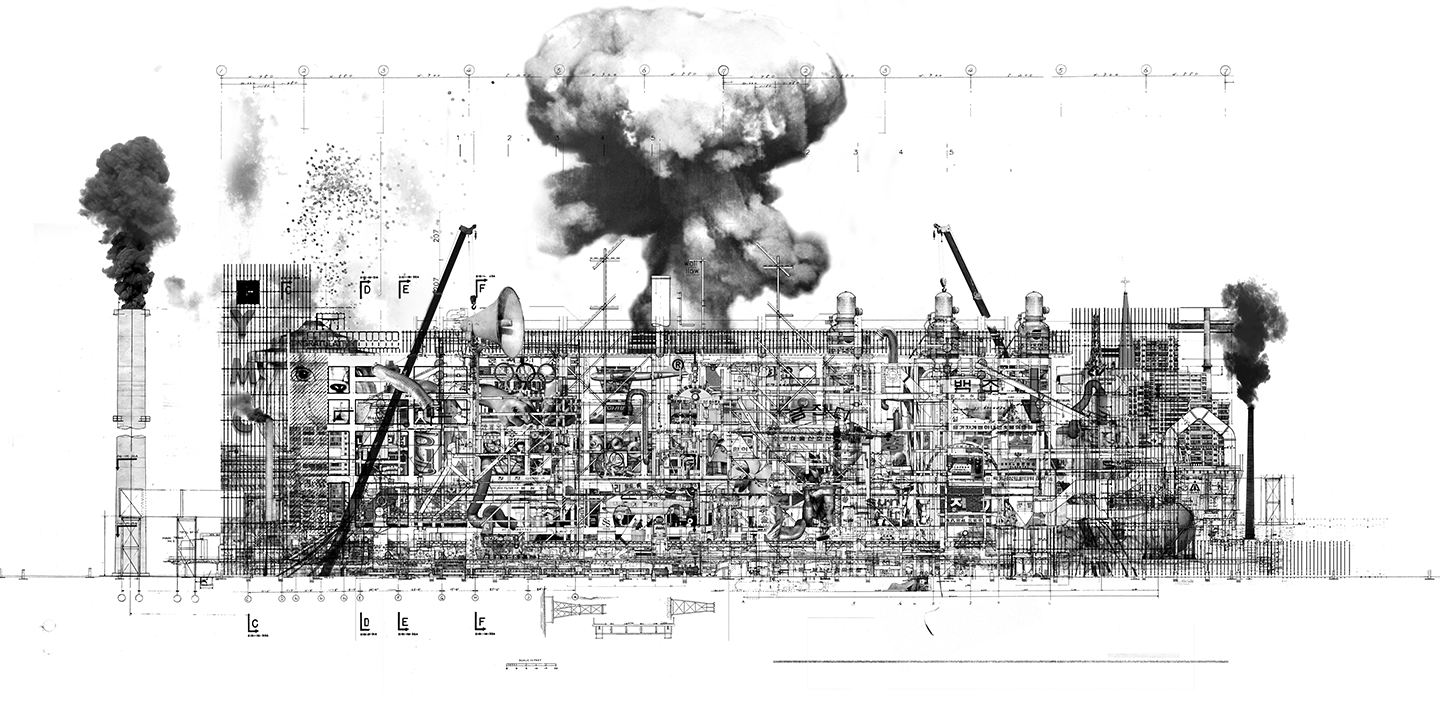March 29–July 30, 2023
314, Sangdang-ro, Cheongwon-gu,
Cheongju-si, Chungcheongbuk-do
28501 Cheongju
South Korea
Hours: Tuesday–Sunday 10am–6pm
T +82 43 261 1400
Artists: KIM Tschang-yeul, OH Chiho, CHANG Uc-chin, Hubert VOS , Borahm KIM, LEE Chunghyung etc.
All about Exhibition
An exhibition is a method chosen by various institutions, including art museums, to show or introduce something. Literally translated, it is a way to display various things in one place to show them. Therefore, exhibiting an exhibition means either showing an exhibition that has already been displayed or revealing various elements that make up the exhibition, including the process and byproducts of the exhibition. Exploring the process of creating an exhibition, the remaining records, and the stories of the various people who participated in the exhibition are new ways to understand the exhibition more broadly.
In particular, this year marks the fifth anniversary of the opening of the National Museum of Modern and Contemporary Art Cheongju. Museums periodically commemorate the opening of their facilities or hold various commemorative exhibitions to celebrate important national events or remember and commemorate the birth and death of artists. In this exhibition, four exhibitions that were previously held at the MMCA as “commemorative” exhibitions are displayed again to explore the meaning of commemorating something through exhibitions.
The MMCA holds about 30 exhibitions annually, creating numerous discourses and making the history of exhibitions. This exhibition provides an opportunity to expand the understanding of exhibitions by considering various perspectives on the meaning, purpose, and role of exhibitions, as well as hearing the stories of the various people involved in the exhibitions.
All about Exhibition: description
An exhibition is composed of various elements, conditions, and structures. By exhibiting the previously unknown process and technical elements that were considered to complete the exhibition, the process and result of completing a single exhibition are shared. In particular, by considering the standardized process and criteria for space and visual design, spatial planning and construction, publicity, and other gradual elements that make up the exhibition, one can think about the multilayered elements and processes that constitute an exhibition.
All about Exhibition: commemoration
Exhibitions are also held to commemorate something. Various commemorative exhibitions have been held in art museums for different purposes such as the opening of a museum, the anniversary of independence, the birth and death of an artist, and the establishment of diplomatic relations between countries. In this exhibition, we reconstructed four commemorative exhibitions held at the MMCA: the 60th Anniversary of Liberation Commemorative Exhibition 100 Years of Korean Art (Part 1) (2005), the 40th Anniversary of the Museum’s Opening Commemorative Exhibition The Beginning of New Era (2009), the 20th Anniversary of the Opening of MMCA in Deoksugung Palace Commemorative Exhibition Birth of the Modern Art Museum -Art and Architecture of MMCA in Deoksugung Palace (2018), and the Opening of MMCA Cheongju Commemorative Exhibition A Day for Counting Stars: The Story of You and Me (2018). In order to showcase the past exhibitions, we re-exhibited some of the works that were exhibited in each exhibition, and utilized print materials and documents such as interviews with the curators who planned the exhibitions, posters, invitations, catalogs, photographs, and videos, allowing audiences to indirectly look into the past exhibitions.
Post-exhibition
An exhibition is a collaborative effort of many people. To complete an exhibition, the participation and efforts of various people are necessary. By introducing and listening to the stories of the exhibition participants from various fields that were not visible in the exhibition, we can consider a different perspective on the exhibition.
Meanwhile, after the exhibition is held, it is reported and made known through the media. Through this process, we can think about what role the exhibition plays and what impact it can have.
In addition, we can imagine what changes future exhibitions will face and how the way of planning and viewing exhibitions will change.
